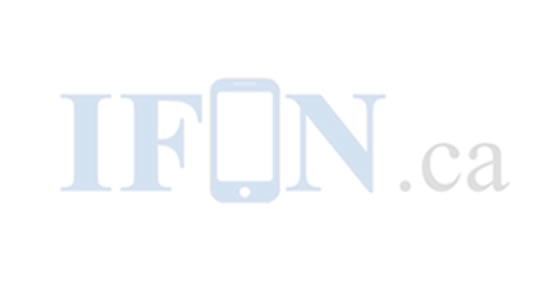
Select Preferences and then click on the General tab. Make sure there’s a checkmark showing next to ‘External Drives’. Now your flash drive should appear on the desktop. From there just find your file in your folder and drag it to the flash drive’s icon on the desktop.
Considering this, why can’t I see my USB drive on my Mac? If your flash drive or external hard drive is not showing up there, go to Finder > Preferences > Sidebar, and under Locations, you need to tick the option “External disks”. By selecting this option, we can make sure that the connected external USB hard drive or flash drive will normally show up in the Finder.
Additionally, how do I find USB drive on Mac? Open Finder and locate and select the flash drive from the Sidebar on the left side of the window. Note that the name of the flash drive may vary. You may also see the flash drive on the desktop. If so, double-click it to open the flash drive in a new Finder window.
As many you asked, why is my USB flash drive not showing up? Unplug the USB stick from the current port and computer, and try plugging into a different computer and/or USB port. … If the USB drive isn’t showing up even after trying a different port, computer, or checking in Disk Management, the drive is probably dead and needs to be replaced.
Also the question is, why is my USB not showing up on my computer? Generally, a USB drive not showing up basically means the drive is disappearing from File Explorer. It might be that the drive is visible in the Disk Management tool. To verify this, go to This PC > Manage > Disk Management and check whether your USB drive shows up there.Plug the USB-C end of the adapter into a USB-C or Thunderbolt 3 (USB-C) port on your Mac, and then connect your flash drive, camera, or other standard USB device. You can also connect a Lightning to USB cable to sync and charge your iPhone, iPad, or iPod.
Do you have to eject USB on Mac?
Short answer: Probably not. Pull a USB flash drive out of your Mac without first clicking to eject it, and you’ll get a stern, shameful warning: “Disk Not Ejected Properly.” … To be on the cautious side, be more conservative with external hard drives, especially the old ones that actually spin.
Can you use a USB on a MacBook Air?
USB-C to USB Adapter: Connect your MacBook Air to standard USB accessories. … USB-C Digital AV Multiport Adapter: Connect your MacBook Air to an HDMI display, while also connecting a standard USB device and a USB-C charge cable to charge your MacBook Air.
How do I force Windows to recognize a USB?
- Open Device Manager and then disconnect the USB device from your computer. Wait a few moments and then reconnect the device.
- Connect the USB device to another USB port.
- Connect the USB device to another computer.
- Update the USB device drivers.
How do I fix an unrecognized flash drive?
- Insert the stick on another port to see if it can work.
- Use the storage gadget on a computer with the right bit.
- Use the stick on a device which encrypted it.
- Use another cable or interface to see if it can work.
- Fix corrupt partitions.
How do I find my USB drive?
Insert your USB flash drive into the computer’s USB port located on either the front or back of your computer. Click on “Start” and select “My Computer.” The name of your USB flash drive should appear under the “Devices with Removable Storage” section.
How do I enable USB on my computer?
- Click the Start button and type “device manager” or “devmgmt.
- Click “Universal Serial Bus controllers” to see a list of USB ports on the computer.
- Right-click each USB port, then click “Enable.” If this does not re-enable the USB ports, right-click each again and select “Uninstall.”
Why is there no USB port on the new MacBook Air?
The Thunderbolt 3 standard, which uses the USB-C port, is fast and powerful enough to support a lot of devices and extremely fast data transfer speeds. That’s why it can be used to plug so many different devices into a single port. … The MacBook, new MacBook Air, and MacBook Pros do not have USB-A ports.
What type of USB port does MacBook Air have?
A new MacBook Air has a pair of ports. But those MacBook ports are only of one type: Thunderbolt, which is compatible with USB-C. A 24-inch iMac comes with two Thunderbolt/USB 4 ports; some models also include two USB-C ports.
Is Thunderbolt 4 the same as USB-C?
USB-C is a connection type. USB-C is not Thunderbolt 3, Thunderbolt 4, or USB-4. It is only the connection that those technologies use. To understand the difference between those technologies you have to go past the USB-C connector, even though they all share it.
How do you eject a USB from a Mac Air?
- Select the item to eject, then choose File > Eject.
- In the Finder sidebar, click the Eject button next to the item’s name.
- On the desktop, drag the item that you want to eject to the Trash.
What is the shortcut to eject USB from MAC?
Command-E. With the volume selected, you can also use the keyboard shortcut Command-E to eject it.
